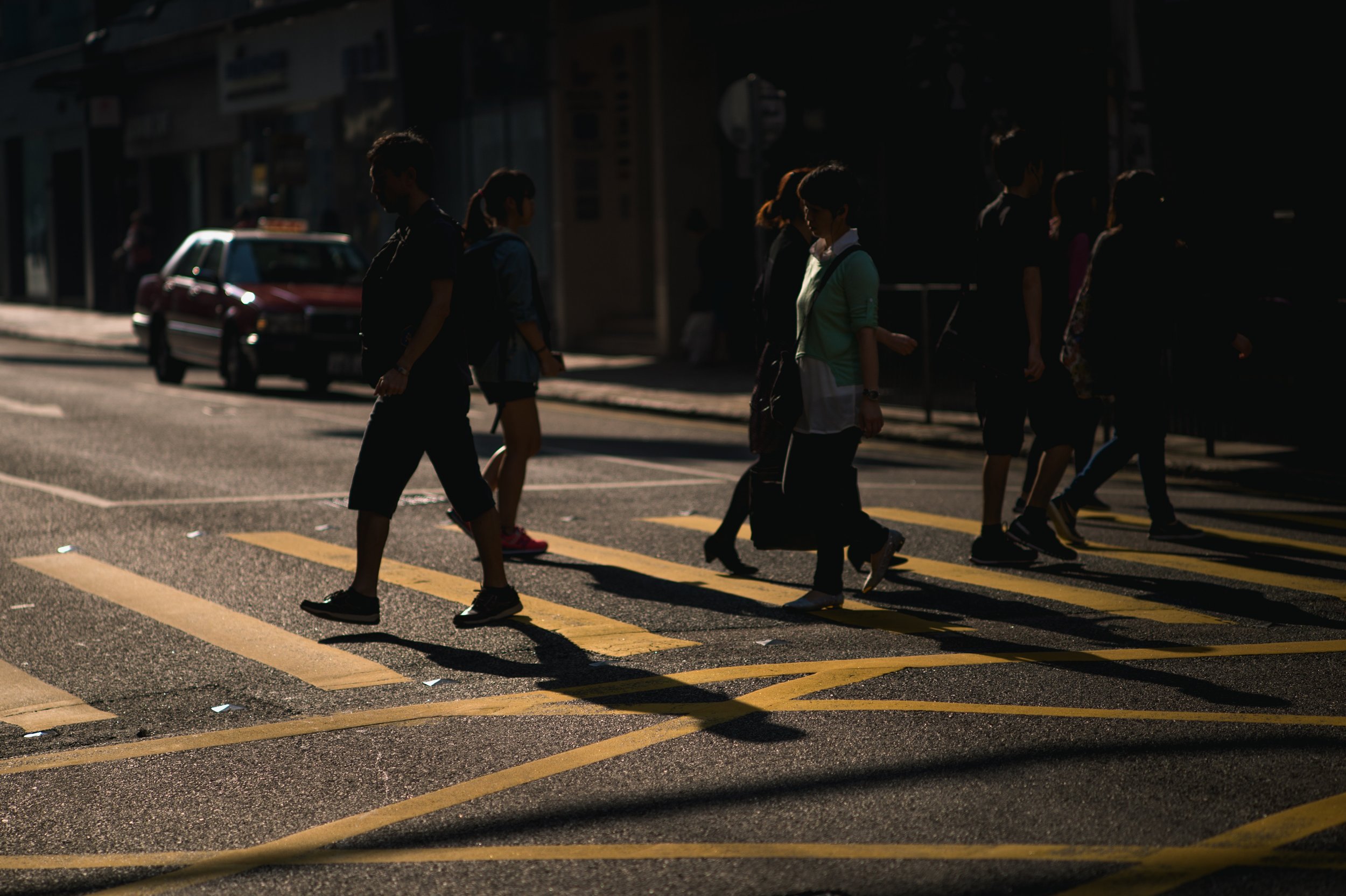Just as Michiganders started to get their hopes up believing that this year’s winter may be mild, the state was hit with a snow storm yesterday and is expecting subzero temperatures today. Governor Gretchen Whitmer even declared a state of emergency, stating, “Keeping Michiganders safe during this stretch of dangerously cold temperatures is our priority. Such widespread, extreme conditions have not occurred in Michigan for many years and it is imperative that we are proactive with record-low temperatures being predicted by the National Weather Service. Wind chills are predicted as low as 50 degrees below zero in many places, such as metro Detroit which is especially unaccustomed to these temps.”
Since humans can’t hibernate in the winter, it’s important for people to know how to drive in snowy, icy, and freezing temperature so that they can get to work, the grocery store, the hospital, Zumba, or wherever else they have to go. The Michigan Law Firm, PC blog shared a vehicle safety to-do list from The National Highway Traffic Administration (NHTSA) that informs drivers of vehicle maintenance they should peform before heading out on winter roads. However, just as it’s important to know what to do, it’s also important to know what not to do when it comes to winter vehicle safety. Weather.com has collected some advice for drivers regarding some winter vehicle maintenance mistakes that can hurt a car rather than help it.
9 Bad Winter Habits That Could Ruin Your Car
1. Forgetting to Change the Windshield Wipers
Changing the windshield wipers is one of the easiest items to forget when it comes to car maintenance. See the streaks your wipers are leaving on the window? Pep Boys says, "the trick is changing your wipers as soon as they don't clear the windshield well." Windshield wipers are vital to your safety on the road; better wipers mean better visibility.
2. Warming the Car for Too Long
Climbing into a freezing car is not fun, so many resort to starting the vehicle and letting it warm up before they leave for the day. This is viable for a couple minutes; however, engines are not designed to idle for long periods of time. According to AutoBlog, idling for too long causes buildup on the spark plugs, rendering them less efficient. This may be bad news for your wallet, too, as it wastes gas.
3. Continuing to Use Summer Tires When Winter Hits
Many who live in cities that rarely see snowfall neglect changing their tires for the appropriate season. Summer tires begin experiencing faulty performance when the temperature falls below 44.6 °F, Giti Tires says. A thin layer of ice on the road can weaken summer tires, leading to poor handling and braking.
4. Forgetting to Check Tire Pressure
Tires tend to be a bigger issue in the winter due to compressed air that cooler weather brings. CarInsuranceQuotes.net notes that the pressure in your tires is reduced by one PSI every 10-degree drop in the temperature. It may be a good idea to keep an emergency maintenance kit in the car and include a portable air pump and pressure gauge.
5. Failing to Protect the Dashboard
It may be cold outside, but the sun is just as intense as it is in the summer. If you park in the sunlight, you may see the color of the dashboard fade, and the material may crack or blister. AutoBlog suggests keeping a cardboard sunshade in the trunk for days when the sun is bright and likely to cause damage.
6. Keeping Up with the Amount of Gas in Your Car
During the winter months, it's better to fill up frequently as a near-empty tank can cause problems. CNN Money reports the moist air in an empty tank can freeze and crystallize, leading to ice in the fuel lines.
7. Pouring a Bucket of Hot Water on the Windshield for Deicing
The temperature difference between the scalding water and your freezing car may crack your windshield. Remember that rock that put a lovely crack in the glass yesterday? The hot water will work its way in there and expand, creating a problem you don't want to see. Instead, go for the old fashioned way: the ice scraper.
8. Slamming on the Brakes and Overcorrecting When You Hit a Patch of Ice
This may put you on the front page of local newspapers after you cause an accident involving several cars. If you slam on your brakes, you're almost guaranteed to spin out of control and into traffic or the guardrail. To avoid a costly accident, stay calm, gently turn the steering wheel in the direction you are sliding and lightly tap the brake.
9. Speeding in Snowy Conditions
Yes, even the most experienced drivers can falter in their winter driving skills. Overconfidence in one's abilities can be detrimental and end up causing a serious crash. Black ice may be lurking beneath that fresh coat of snow, and if you're speeding, it all goes downhill from there. Keep your speed steady and drive below the speed limit when roads are icy or the threat of ice is possible.
Extreme winter weather does a great job of ruining vehicles on its own, without needing help from human error. It’s easier on the wallet to take care of vehicle maintenance before the car inconveniently breaks down or doesn’t start, or before poor vehicle conditions causes a car crash.
Car maintenance bills in the hundreds are easier to stomach than medical and legal bills in the thousands. Many winter car crashes may be avoidable if the right winter vehicle maintenance is performed. But for victims of those winter weather car accidents that occur anyway, the car crash attorneys at The Michigan Law Firm, PC are available to help ease the burden of being involved in a lawsuit. For a free legal consultation with a Michigan car accident lawyer, call 844.4MI.FIRM today.




























